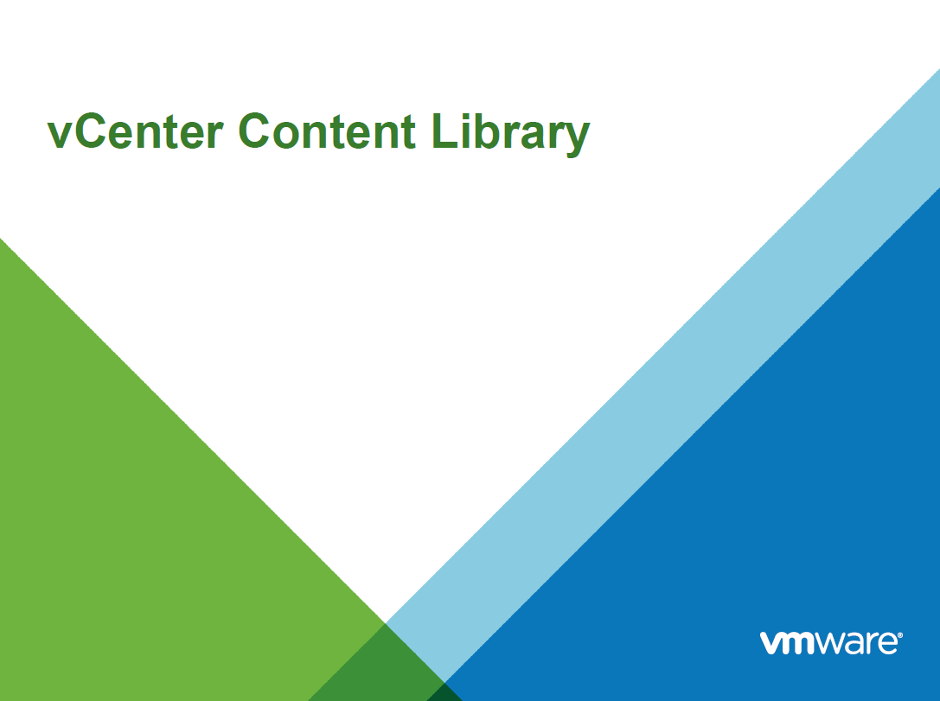 The Content Library is one of the new features in vSphere 6. The Content Library provides simple and effective management for VM templates, vApps, ISO images and scripts for vSphere Administrators collectively called “content”. The Content Library can be synchronized across sites and vCenter Servers. Sharing consistent templates and files across multiple vCenter Servers in same or different locations brings out consistency, compliance, efficiency and automation in deploying workloads at scale.
The Content Library is one of the new features in vSphere 6. The Content Library provides simple and effective management for VM templates, vApps, ISO images and scripts for vSphere Administrators collectively called “content”. The Content Library can be synchronized across sites and vCenter Servers. Sharing consistent templates and files across multiple vCenter Servers in same or different locations brings out consistency, compliance, efficiency and automation in deploying workloads at scale.
Content Library features in this release
- Store and manage content – Once central location to manage all content as VM templates, vApps, ISO’s, scripts etc. This release will have a maximum on 10 libraries and 250 items per library and it is a build-in feature in the vCenter Server. Not a plug-in that you will have to install separately.
- Share content – Once the content is published on one vCenter Server, you can subscribe to the content from other vCenter Servers. This looks similar to the catalog option in the vCloud Director.
- Use content – The content can be deployed to a host or a cluster.
- Templates – The VM’s will be stored as OVF packages rather than templates. This will affect the template creation process. If you want to make changes to a certain OFV template in the Content Library you have to create a VM out of it first, make the changes and then export it back to an OVF template and into the library.
- Network – The port for communication for the Content Library will be 443 and there is an option to limit the sync bandwidth.
- Storage – The Content Library can be stored on datastores, NFS, CFIS, local disks etc. as long as the path to the library is accessible locally from the vCenter Server and the vCenter Server has read/write permissions.
Cheers!
– Marek.Z
Be the first to comment